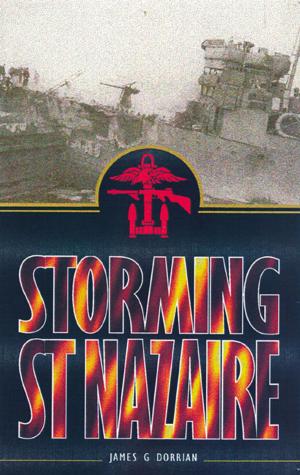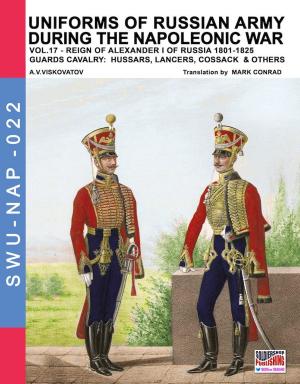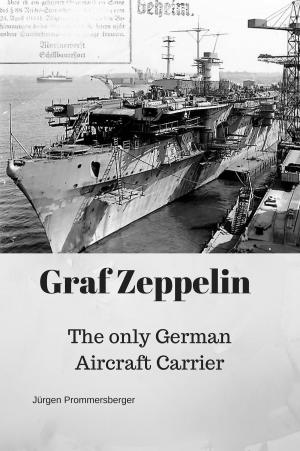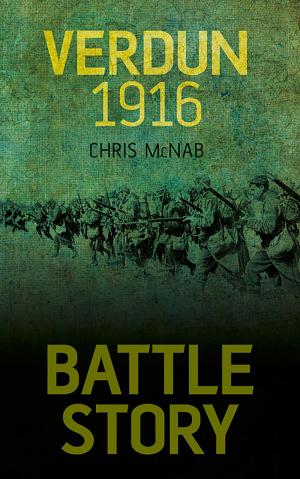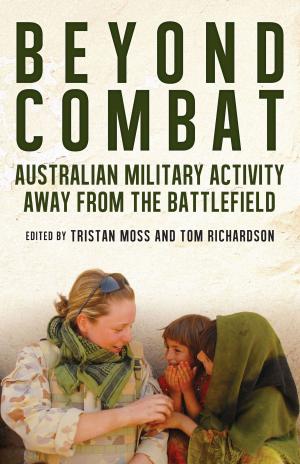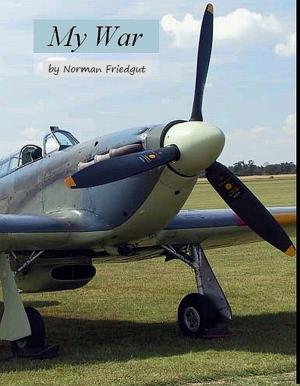| Author: | John Podlaski | ISBN: | 9781311727817 |
| Publisher: | John Podlaski | Publication: | June 27, 2016 |
| Imprint: | Smashwords Edition | Language: | English |
| Author: | John Podlaski |
| ISBN: | 9781311727817 |
| Publisher: | John Podlaski |
| Publication: | June 27, 2016 |
| Imprint: | Smashwords Edition |
| Language: | English |
The year is 1970, and the story follows the two soldiers - impressionable Detroit teenagers - during their long night in a Listening Post (‘LP’), some 200 meters beyond the bunker line of the new firebase. Their assignment as a "human early warning system", is to listen for enemy activity and forewarn the base of any potential dangers. As they were new to the “Iron Triangle” and its reputation, little did they know that units before them lost dozens of soldiers in this nightly high-risk task and referred to those assigned as "bait for the enemy" and "sacrificial lambs".
Sitting in the pitch black tropical jungle - with visibility at less than two feet - John's imagination takes hold throughout the agonizing night, and at times, transports him back to some of his most vivid childhood memories - innocent, but equally terrifying at the time.
As kids, we instinctively run as fast as we can to escape imaginary or perceived danger, but as soldiers, men are trained to conquer their fears and develop the confidence to stand their ground and fight. Running is not an option.
The year is 1970, and the story follows the two soldiers - impressionable Detroit teenagers - during their long night in a Listening Post (‘LP’), some 200 meters beyond the bunker line of the new firebase. Their assignment as a "human early warning system", is to listen for enemy activity and forewarn the base of any potential dangers. As they were new to the “Iron Triangle” and its reputation, little did they know that units before them lost dozens of soldiers in this nightly high-risk task and referred to those assigned as "bait for the enemy" and "sacrificial lambs".
Sitting in the pitch black tropical jungle - with visibility at less than two feet - John's imagination takes hold throughout the agonizing night, and at times, transports him back to some of his most vivid childhood memories - innocent, but equally terrifying at the time.
As kids, we instinctively run as fast as we can to escape imaginary or perceived danger, but as soldiers, men are trained to conquer their fears and develop the confidence to stand their ground and fight. Running is not an option.

